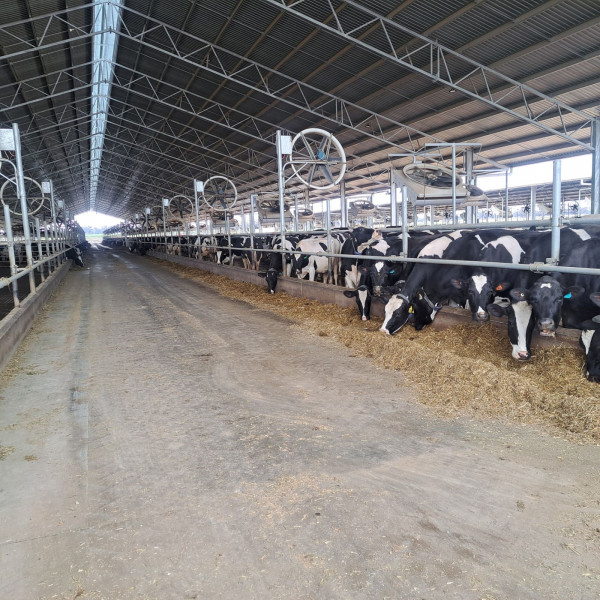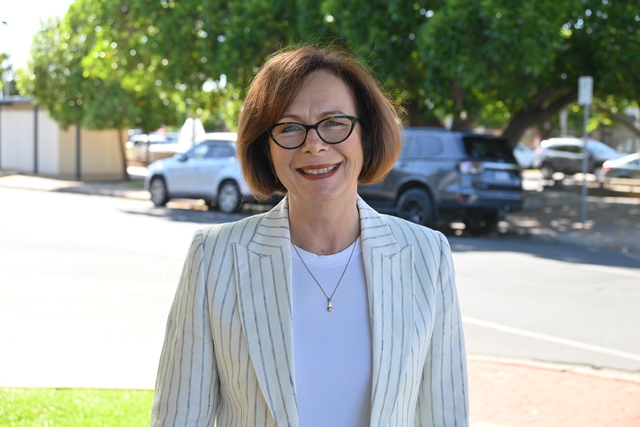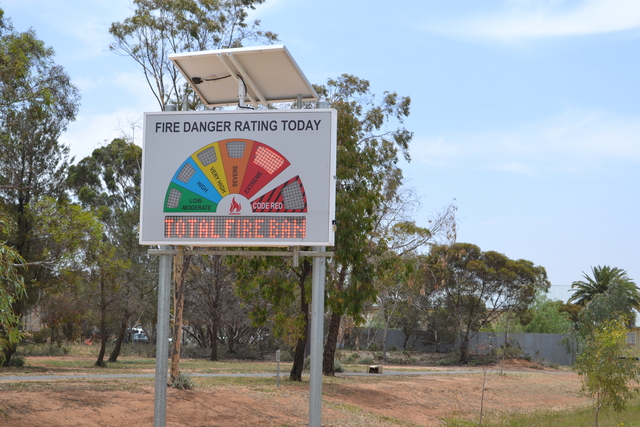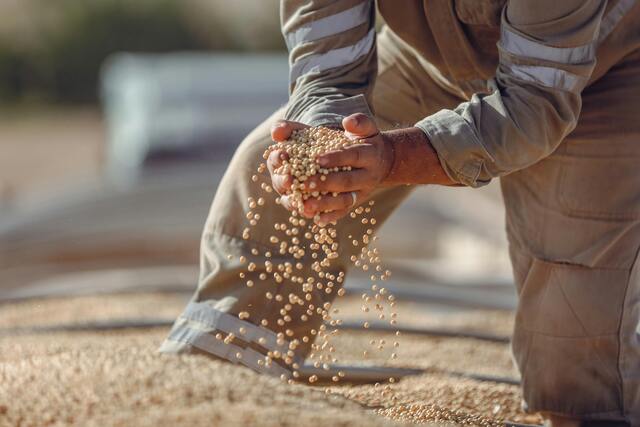MODELLING presented two realistic buyback scenarios – returning 302GL or 683GL of water – both of which would cause “irreversible” damage to dairy farmers, dairy processors and dairy communities, according to Australian Dairy Industry Council chair Ben Bennett.
“The report has found buybacks would reduce the consumptive water pool by seven to 16 per cent, pushing water allocation prices up by 17 to 40 per cent, especially during dry years,” Mr Bennett said.
“These higher input costs, for water and feed, severely erode farm profitability, particularly for those with low water entitlement ownership.”
The modelling also shows a reduction in milk production of three to 15 per cent – translating to a loss of 60 to 270 million litres annually.
ADIC deputy Chair John Williams said reduced milk supply exacerbates existing overcapacity, leading to higher unit costs, greater competition for milk, rising transport costs, and a higher risk of plant closures.
“The effects from dairy farm and processor spending cuts flow right through rural communities, particularly to rural suppliers and service providers, threatening local jobs, business viability, and the broader regional economy,” he said.
The ADIC has called on the Federal Government to immediately halt further buybacks and instead implement a smarter, more balanced water recovery plan that strikes the right balance between environmental outcomes, food production and the long-term resilience of regional community.
“A whole-of-industry and government approach is critical to safeguarding the future of Australian dairy, and the communities and businesses that rely on it,” Mr Bennett said.
The number of dairy farms in the Gannawarra Shire has decreased, with about 145 dairy farms in operation, down from 325 in 2004.
However, the dairy industry remains a significant part of the shire’s agricultural sector, contributing about 48 per cent of its output.
Despite the decline in the number of farms, the industry is expected to continue playing a role in the local economy.
The average herd size is around 260 cows, and there are an estimated 60,000 cows currently being farmed within the shire.
The dairy sector has faced challenges, including drought, floods, low farm gate prices, and higher irrigation costs.
During a drought period from 2002 to 2010, around 46 per cent of dairy farms ceased production.
However, the industry is also adapting and exploring opportunities for growth, such as farm-gate sales and medium-scale dairy food production.
The Federal Government has remained steadfast on water buybacks as a measure to deliver the basin plan in full and return water to the environment.







